Tips to automate client onboarding
- Focus on transactional tasks
- Gather the right information from the start
- Segment clients in multiple ways
- Invest in the right software
- Don’t forget to cross-sell and upsell
The period right after you make a sale to a customer is a critical time. You have to ensure the customer knows how to get the most value from your product or service. If they don’t see that value quickly, they may stop using the product — and that could mean they won’t purchase from you again.
Effective customer onboarding can keep that from happening.
“Customer onboarding is a process in which a company will collect information from their customer,” notes Amanda A. Russo, founder and CEO of Cornerstone Paradigm Consulting, LLC, a business operations consulting firm. “How easy the process is, how intuitive the sign-up is, whether an agent collects the information or the customer fills in the blanks themselves, for example, will determine the onboarding process.”
Effectively onboarding a new client involves a number of different steps, such as gathering information, teaching the client how to use the product or service, gathering their feedback during the process, and providing support when they need it. Since it’s a detailed process, it’s important to automate client onboarding as much as possible so you don’t miss any crucial steps. That way, you can focus on strategically providing value to your customers.
How to automate client onboarding
Here are some guidelines for what types of onboarding tasks to automate and how.
Focus on transactional tasks
Certain aspects of new client onboarding are considered high-touch tasks, such as one-on-one calls, while other process elements are purely transactional. If you need to send account usernames and passwords, for example, the right software can automate this task. If you need to gather data, such as the customer’s contact information, you can do that easily with an online form.
Be sure to separate strategic and transactional tasks and automate only those that don’t require a human touch. “Lack of human interaction can result in a negative customer experience,” says Russo. “That’s why, in some cases, you will need a customer success person.”
Gather the right information from the start
When a customer begins working with you, it’s best to gather some critical information right from the start. For example, you’ll need to identify the point person at their organization, the kinds of challenges they’ve had in the past, and the specific goals they want to achieve with your product or service.
An automated client onboarding form can help ensure you collect the pertinent details in an organized way. You also get more accurate information when you automate client onboarding, notes Russo. Using customizable templates is best, so that you can change form fields to match the needs of your organization.
Segment clients in multiple ways
Not all of your new clients will have the same onboarding needs. Some may already be experts at using your product or service, while others will be complete novices. Some may have goals for increasing revenue, while others will just want to streamline their own processes.
By segmenting your new clients based on criteria such as experience with your product, goals, challenges, and size of business, you can better tailor onboarding activities to their needs.
Use a customizable client questionnaire to gain more insight into your customers, and then use a low-code table database to tag and organize them based on their responses.
Invest in the right software
Automation isn’t possible without the right software. Manually conducting transactional client onboarding tasks is ineffective and time-consuming, and it can result in errors or missed opportunities. Since so much of onboarding requires data collection, Jotform is a great tool to help automate client onboarding.
Organizations can use new client intro forms to ask a client questions about their business and client registration forms to collect details like shipping and billing addresses. Regardless of which software you use, make sure it has customizable templates that are intuitive and easy to use.
“The automation process must be set up seamlessly,” says Russo. “If it’s not set up properly, you will lose customers.”
Don’t forget to cross-sell and upsell
When you gather specific insights about your customers with an automated client intake form, you can use that information to suggest other products and services to them. To streamline the process, automate these tasks through drip email campaigns that suggest products and services based on your customers’ previous purchases and the goals they’re trying to achieve.
Organizations that automate client onboarding can reduce the time employees spend on transactional tasks, giving them more time to spend on strategic activities that provide value to customers. When you automate client onboarding, you’re also making the process more convenient for the customer, notes Russo. Be sure to segment clients by various criteria and tailor onboarding based on their needs, using software that’s intuitive and easy to work with.










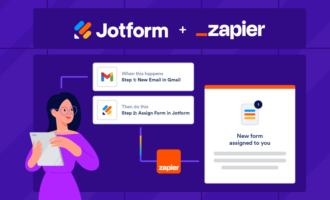



















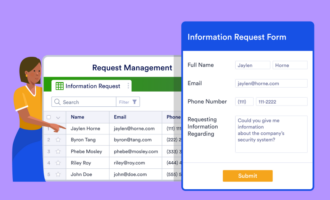

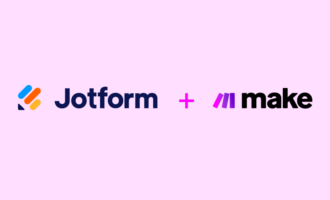















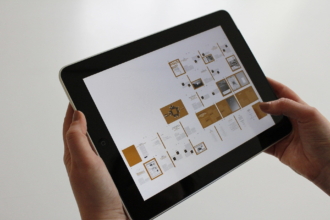
















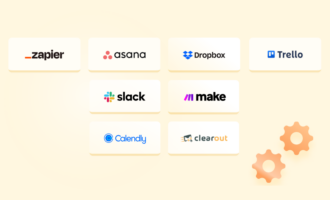





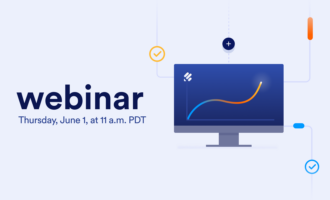



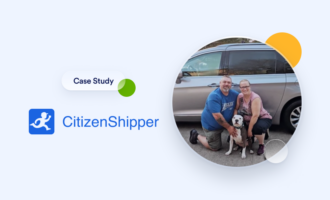


Send Comment: